Buy property in Tuscany this year
From Tuscany's savagely beautiful coastline to the Renaissance splendour of the Val d'Orcia, Carla Passino is struck by the range of opportunities for holiday-home buyers
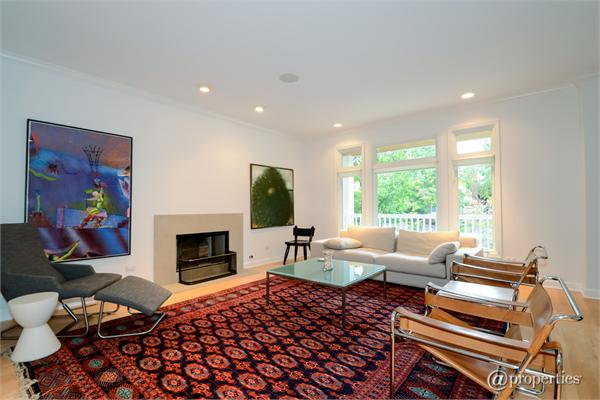

This piece is taken from the Spring 2014 number of Country Life International, published with Country Life magazine on March 19 2014.
Maremma
A large headland, thick with trees, scented with Mediterranean scrub and topped by a crenellated tower, pushes out like a finger into the sea, the cliffs towering high above a secret cove of soft white sand and crystalline waters. It's the Parco dell' Uccellina, a nature reserve in Maremma, where Tuscany is at its wildest and most scenic.
It's hard to imagine that this idyll once was a pestilential marsh, rife with malaria, locusts and bandits in equal measure. So inhospitable was this wild stretch of countryside that, in his Divine Comedy, Dante compares it to the Wood of the Suicides-favourably but barely so: ‘They don't have such tangled lairs, nor so thick, the savage beasts that hate the tilled land between Cecina and Corneto.'
The fortunes of the area, which stretches south of Pisa and Livorno, around Grosseto, all the way down to Tarquinia, north of Rome, changed dramatically in the 19th century when Grand-Duke Ferdinand III and then his son, Leopold II, set out to reclaim the land from the marsh and the deadly mosquitoes that came with it. Free of swamps, Maremma is now a place of rare, savage beauty, where woods dense with holm oaks, strawberry trees and phillyrea give way to silvery olive copses and rows of tidy vineyards, where jagged rocks carpeted with rosemary, heather and wild orchids meet soft beaches fringed by hardy, sand-loving shrubs and, beyond the dunes, thickets of aromatic juniper. Perhaps it's because of its troubled history, or perhaps because it's farther away from international airports,
Maremma remains relatively unknown among British visitors and second-home buyers. However, it has long been popular with the Italians, who vie with buyers from Russia and the former CIS for the best contemporary villas along the coast. Places such as Punta Ala, Porto Ercole, Porto Santo Stefano and, above all, the pretty coves beneath elegant, cultured Capalbio-nicknamed Little Athens and long a summer haunt for Italy's rich and famous-are among the most sought-after destinations.
‘Certain parts of the Tuscan coastine are oversubscribed, but if you go to Maremma, to Talamone or Alberese, you can get a bit of beach to yourself,' says Jelena Cvjetkovic of Savills. Rupert Fawcett of Knight Frank explains that ‘Punta Ala, mostly a newly built village, is selected by people who have a boat there'. Close by, Castiglione della Pescaia, with its medieval centre, ‘was chosen a few years ago by Queen Rania of Jordan as the place for her family holidays. She rented the exclusive L'Andana, a boutique hotel with an Alain Ducasse restaurant'. Many resorts also have spectacular golf courses-one such is the Argentario Golf Resort in Porto Ercole-which help attract visitors and property buyers alike.
Sign up for the Country Life Newsletter
Exquisite houses, the beauty of Nature, and how to get the most from your life, straight to your inbox.
But inland Maremma is also becoming increasingly popular, especially after a trio of draws-the luxurious, if diabolically smelling spa, at Saturnia, the magnificent local wines, ranging from the traditional, cherry-scented Morellino di Scansano to the innovative ‘Super Tuscans' made at Bolgheri, and the delicious food, including the olive oil produced by Peri Eagleton and David Harrison at Seggiano- helped put the countryside on the map. Food in particular is a major attraction, especially the tiny, double- Michelin-starred Da Caino restaurant, in picturesque Montemerano, where the Menichetti family serves a superb interpretation of traditional Tuscan cuisine, with such dishes as pigeon with foie gras, nougat and pears.
As a result, the Maremma countryside- with its crop of village houses, working farms and more modest case coloniche-has seen ‘a recent wave of foreigners looking for properties off the beaten track', notes Miss Cvjetkovic. ‘Although the Chianti appeal is that you're within easy distance of civilisation, in Maremma, you have the woodlands and the forest-it's different from the rest of Tuscany.'
Prices can vary as wildly as the scenery in this vast area. Mr Fawcett reports that villas on Monte Argentario can go for more than €10,000 per square metre with peaks of up to €15,000 for exclusive villas. By contrast, restored country homes range from €2,000 to €3,500 per square metre, according to Elisa Biglia of Chesterton Humberts. Maremma ends at the western foot of Mount Amiata, a soaring dome that was once a volcano. East of the mountain's verdant bulk stretches another prime property destination.
Villa Maremma
Grosseto
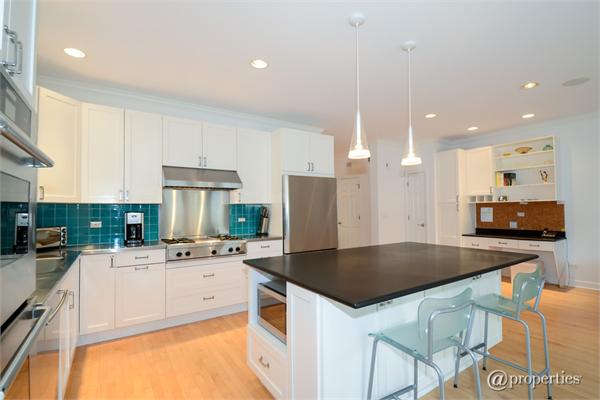
Within easy drive of the sea, nine-bedroom Villa Maremma combines classic Tuscan elegance-exposed beams, fireplaces, marble bathtubs-with contemporary touches, all spiced up by lovely views. €2.8 million through Savills (020-7016 3754; www.savills.com/international)
Marina Di Scarlino
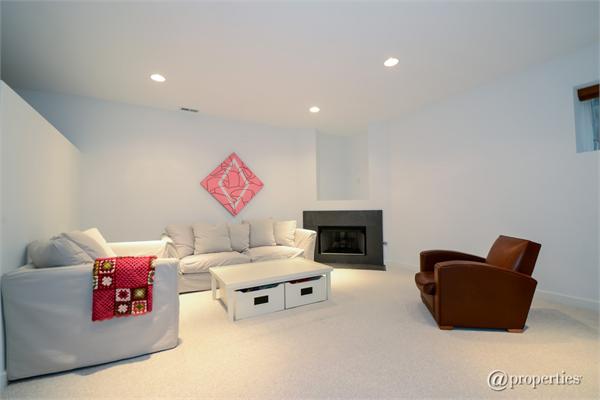
Leonardo Ferragamo, a member of the family that runs the Italian fashion house and a keen sailor, has launched Marina di Scarlino, a marina development with oneand two-bedroom apartments that enjoy panoramic views of the Maremma coastline. From €350,000 leasehold through Chesterton Humberts (020-3040 8210)
Castiglione d'Orcia
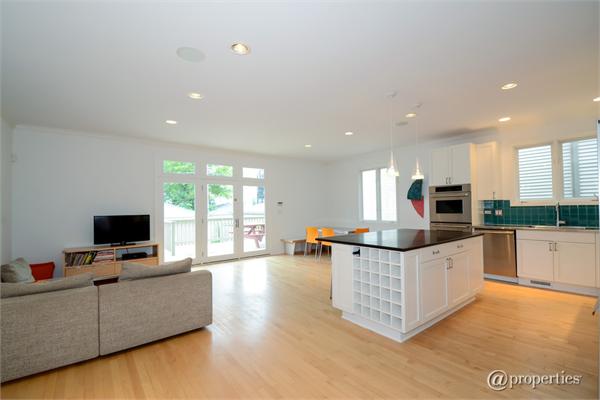
Small but perfectly formed, this two-bedroom cottage near Castiglione d'Orcia was once part of an ancient monastery and has everything you dream of in a Tuscan property: a stone fireplace, cotto floors and open views to Monte Amiata and Campiglia d'Orcia. €580,000 through Knight Frank (020-7861 1058; www.knightfrank.com)
Val d'Orcia
Compared to Maremma, this is tamer countryside, a mosaic of fields and vineyards, rich meadows and olive trees that captures the essence of the Tuscan dream. Cypresses cluster on gentle hilltops, standing sentinel over time-worn farmhouses with terracotta- tiled roofs and weather-beaten shutters. Ancient roads meander up and down this sinuous landscape, leading to tiny medieval villages lined with honey-hued palazzi.
Take San Quirico D'Orcia, for example. Sheltered behind fortified walls, this hilltop village was a welcome stop for pilgrims walking down the Via Francigena-the route that linked France to Rome-in the Middle Ages. This strategic location gave small San Quirico grand palazzi, an exquisite Romanesque church and the geometric perfection of the Horti Leonini gardens. Nearby Bagno Vignoni is even more scenic, despite being even tinier. Hot mists envelop the heart of the borgo, rising from a pool of thermal waters where St Catherine of Siena and Lorenzo de' Medici once bathed. The pool's walls and many of the village buildings, including the simple but atmospheric church, date from the days of Il Magnifico, or shortly afterwards.
This is, after all, Renaissance country. It's in Val D'Orcia, for example, that Pope Pius II decided to build the perfect town so dear to the heart of 15th and 16th century Humanists. After becoming Pope, he set out to turn his birthplace of Pienza-then known as Corsignano-into the Città Ideale conceived by Renaissance visionaries. He commissioned the architect Bernardo Rossellino, who planned the town around a beautiful trapezoidal piazza lined with a magnificent sandstone cathedral, the elegant, hugely expensive papal residence- which cost a phenomenal 50,000 florins-and many understated palazzi. However, the most famous of Val d'Orcia's borghi is, undoubtedly, Montalcino, the fortified hilltop town where one of Italy's most famous wines, Brunello, is made. Records show that red wine was already being produced in the area in the Middle Ages, when Montalcino was entangled in the many religious and political conflicts that ravaged Tuscany, including the 1260 Battle of Montaperti, which was ended by an act of treachery immortalised by Dante in the Divine Comedy.
However, the town's vinous fortunes really began in the 19th century, when the Biondi Santi family developed a rich, luscious wine that aged beautifully. Brunello quickly acquired a reputation for quality that made it popular with connoisseurs worldwide. Lately, however, many aficionados are no longer content to get their hands on choice vintages and are investing in local vineyards instead.
‘Being one of the two finest wines in Italy, Brunello di Montalcino creates strong interest and various Montalcino wine estates have sold to non-Tuscan buyers-including some French ones,' says Wanda Djebbar of Toscana Restoration. It helps that Montalcino is an ‘excellent place' for people looking to enjoy small-town living in Tuscany, whether or not they have an interest in winemaking. ‘Montalcino and Pienza are probably the two finest small towns in the Val d'Orcia, offering contrasting medieval vernacular and Renaissance architecture respectively and are both thriving communities.' Indeed, notes Mrs Djebbar, ‘you aren't isolated, yet country pursuits are never more than a few minutes' walk or drive from home'.
That said, many buyers prize the local farmhouses, ‘which often sit atop a hillock, providing wonderful 360° views,' according to Mr Fawcett. Demand comes from a mix of Italians and buyers from all over the globe, including the Belgians, Germans, Dutch, Israelis, English, Americans and Australians.
Prices are higher than in the Maremma countryside, but not unreasonable. Mrs Djebbar quotes a starting figure of €350,000 for an attractive apartment in Montalcino, with town houses being priced from €400,000. Mr Fawcett mentions a range of €3,800 to €6,000 per square metre for a restored property, with unrestored prices between €1,000 and €2,000 per square metre.
Manciano
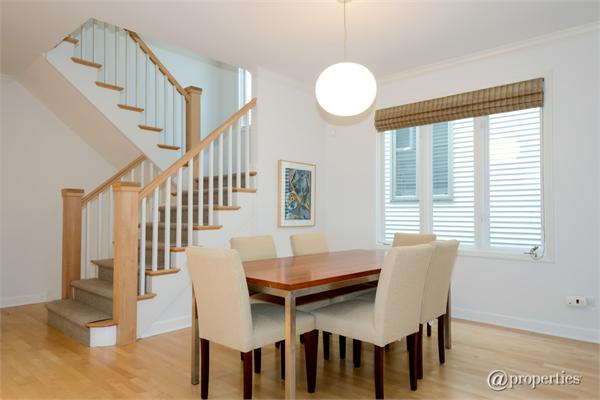
Picturesque Castello di Scerpena, close to Manciano, in Maremma, has a turret and just a few bedrooms in the main body, but also comes with an annexe and two villas in the 470-acre estate. €16 million through Savills (020-7016 3754; www.savills.com/international)
Pienza
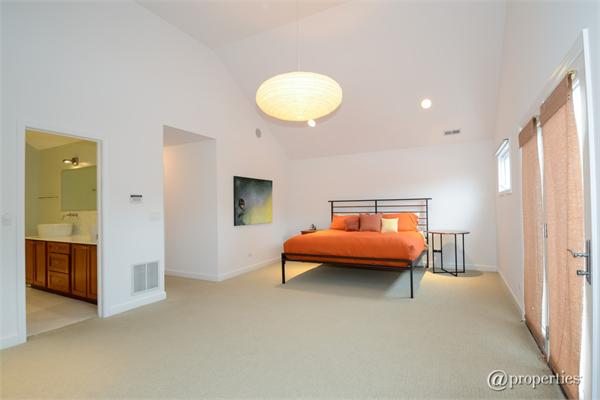
This traditional, four-bedroom farmhouse near Pienza affords farreaching views to Pienza, Monte Amiata and Castiglione d'Orcia. The swimming pool is the best place to soak up the panorama. €2.7 million through Knight Frank (020-7861 1058; www.knightfrank.com)
Pienza
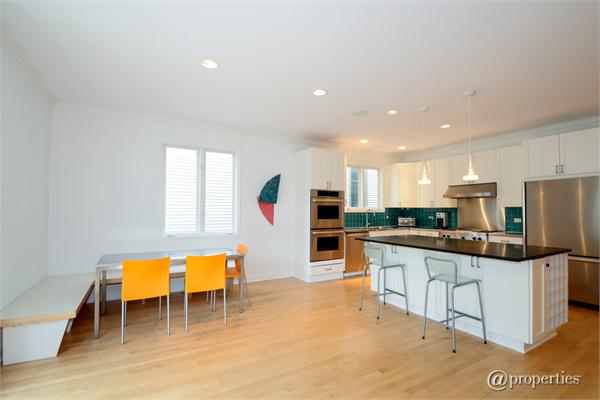
This four-bedroom stone country house sits within walking distance of Pienza and comes with lush gardens, an olive grove and a walnuttree plantation. Offers in the region of €1.15 million through Toscana Restoration (00 39 338 793 5130;www.toscanarestoration.com)
Maremma Nearest airports Pisa (just over an hour's drive) and Rome (about 2hr 50m)
The best restaurants in Maremma Da Caino, Montemerano (www.dacaino.it), Bracali, Massa Marittima (http://ristorante.mondobracali.it), Il Pellicano, Porto Ercole (www.pellicanohotel.com), Trattoria Toscana, Castiglione della Pescaia (www.trattoriatoscana.it)
The best hotels in Maremma L'Andana, Castiglione della Pescaia (www.andana.it), Terme di Saturnia Spa & Golf Resort, Saturnia (www.termedisaturnia.it), Il Pellicano, Porto Ercole (www.pellicanohotel.com)
Val d'Orcia The nearest airports to Val d'Orcia Florence (1hr 40m) and Perugia (1hr 40m)
The best restaurants in Val d'Orcia Osteria La Porta, Monticchiello (www.osterialaporta.it) Osteria del Leone, Bagno Vignoni (www.osteriadelleone.it)
The best hotels in Val d'Orcia Adler Thermae Spa, Bagno Vignoni (www.adlerthermae.com) Castiglion del Bosco, Montalcino (www.castigliondelbosco.com)
* Search luxury houses for sale in Italy
* Subscribe to Country Life and save
* Follow Country Life magazine on Twitter
Country Life is unlike any other magazine: the only glossy weekly on the newsstand and the only magazine that has been guest-edited by HRH The King not once, but twice. It is a celebration of modern rural life and all its diverse joys and pleasures — that was first published in Queen Victoria's Diamond Jubilee year. Our eclectic mixture of witty and informative content — from the most up-to-date property news and commentary and a coveted glimpse inside some of the UK's best houses and gardens, to gardening, the arts and interior design, written by experts in their field — still cannot be found in print or online, anywhere else.
-
 380 acres and 90 bedrooms on the £25m private island being sold by one of Britain's top music producers
380 acres and 90 bedrooms on the £25m private island being sold by one of Britain's top music producersStormzy, Rihanna and the Rolling Stones are just a part of the story at Osea Island, a dot on the map in the seas off Essex.
By Lotte Brundle Published
-
 'A delicious chance to step back in time and bask in the best of Britain': An insider's guide to The Season
'A delicious chance to step back in time and bask in the best of Britain': An insider's guide to The SeasonHere's how to navigate this summer's top events in style, from those who know best.
By Madeleine Silver Published
